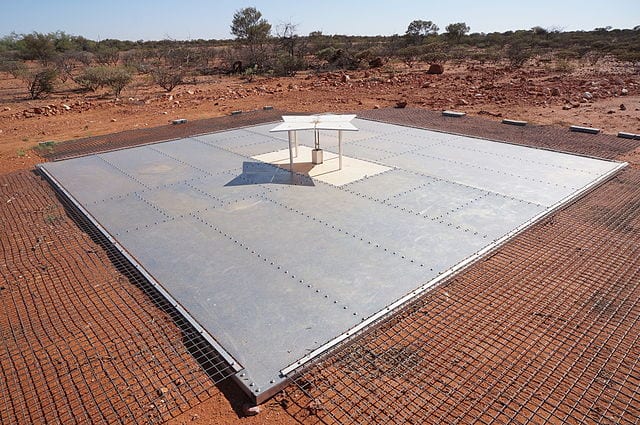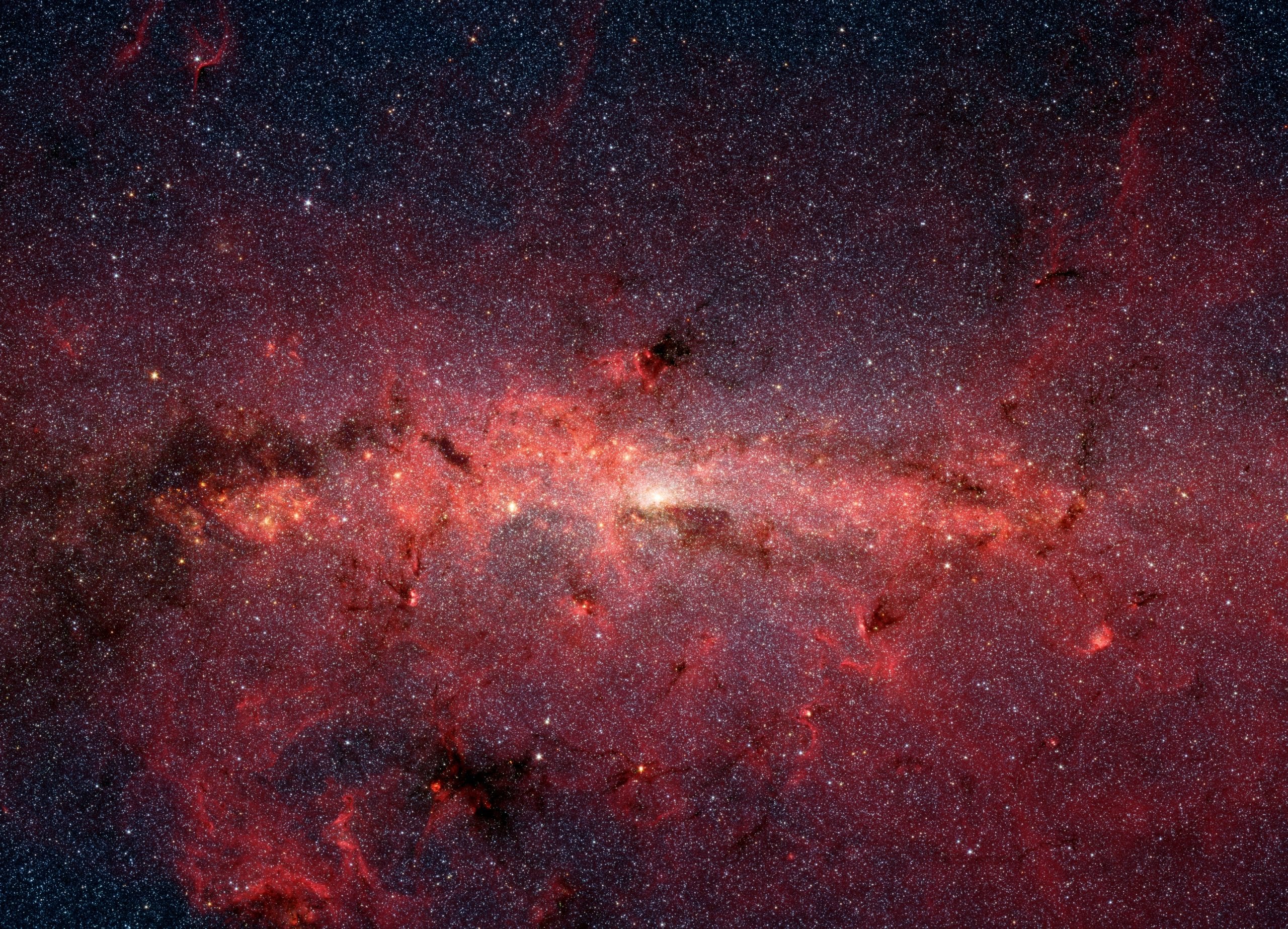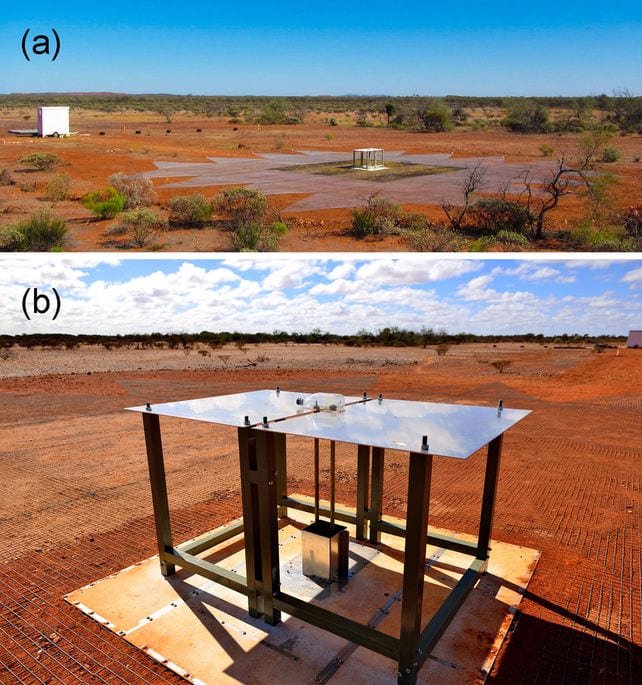In March 2018, a team of scientists led by Judd Bowman from Arizona State's School of Earth and Space Exploration and Alan Rogers from MIT's Haystack Observatory has done what many thought to be an impossible task. With a small radio antenna called EDGES (Experiment to Detect the Global Epoch of Recombination Signature) placed in the middle of an Australian desert, they detected a signal from the very early universe, approximately 180 million years after the Big Bang, even further back in time than the Hubble Space Telescope has seen. So what's the big deal, and how did they accomplish this feat?

Before the first stars formed, the universe was in a stage called the “Dark Ages.†At this point in our timeline, it was cold, dark, and the only components of the universe were hydrogen gas and the Cosmic Microwave Background, the remnants of the Big Bang. Scientists have theorized that light from the first stars would interact with this gas, and that the interaction would be detectable in the radio frequencies of the electromagnetic spectrum. The issue is then finding that specific frequency. As objects move in an expanding universe, the wavelength and frequency of light is shifted, making it difficult to detect.

To find this frequency and learn more about the early universe, the EDGES team knew they would need a special antenna. For years, the team worked to perfect their design and ensure their antenna would make the most precise and accurate measurements possible. They ultimately set it up in a desert in Australia, an 8-hour drive from the nearest city, to ensure minimal chances of receiving any interfering radio signals. However, their antenna was constantly receiving other radio waves from cosmic events in the Milky Way, and the noise was typically orders of magnitude greater than the real signals.
Finally, in early 2016 the team found what they thought to be a true signal. Over the next couple of years, they worked to improve the design of the antenna even more, and they also ruled out any other possible sources of the signal. Their study concluded that this was, in fact, a signal from the very early universe! What, then, does this mean for our understanding of the evolution of the universe?

Oddly, the signal the team detected was roughly twice as large as what the current cosmological models predicted it would be. This means that the early universe, consisting of mainly hydrogen gas, was about twice as cold as scientists had initially thought. Dark matter may be to blame for the disparity between the previous models and the recent experimental data. If this is the case, this discovery will be monumental for the future of dark matter research; this would be the first time scientists have learned anything about dark matter other than how it interacts gravitationally!
With improving technology, scientists are able to probe further back in time than ever before by looking at the very first light from the very first stars in the early universe. These measurements then help improve current models of what was happening in the universe shortly after its inception.
 Paige Copenhaver is an undergraduate studying Physics and Astronomy at the University of Georgia. When she is not building satellites, she can be found playing ukulele or reading Lord of the Rings. Paige also serves on the programming board of Athens Science Café. You can email her at pac25136@uga.edu or follow her on twitter: @p_copenhaver. More from Paige Copenhaver.
Paige Copenhaver is an undergraduate studying Physics and Astronomy at the University of Georgia. When she is not building satellites, she can be found playing ukulele or reading Lord of the Rings. Paige also serves on the programming board of Athens Science Café. You can email her at pac25136@uga.edu or follow her on twitter: @p_copenhaver. More from Paige Copenhaver.
About the Author
- athenssciencecafehttps://athensscienceobserver.com/author/athenssciencecafe/April 17, 2020
- athenssciencecafehttps://athensscienceobserver.com/author/athenssciencecafe/April 12, 2020
- athenssciencecafehttps://athensscienceobserver.com/author/athenssciencecafe/April 3, 2020
- athenssciencecafehttps://athensscienceobserver.com/author/athenssciencecafe/March 30, 2020







